Going first or second can greatly determine your starting play in the game. When playing first, you’ll usually want to play on the defensive. Since your opponent can’t interact immediately, you have the luxury of preparing for their return swing without any fear of instant repercussions. That being said, you’ll also want to maintain hand advantage here, meaning you probably don’t want to commit too much onto the field.


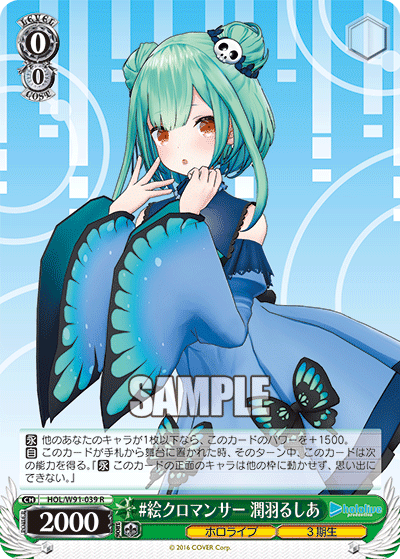
KGL/S79-007U 現実からの逃避 優 (center)
HOL/W91-039R #絵クロマンサー 潤羽るしあ (right)
Profiles like the above are highly recommended for either high evasiveness or raw defensive power. Cards that bounce back are great since they return the hand advantage while still providing you the stock when you swing initially. The downside is bounce back profiles are usually low on power defensively, and their conditions are usually left to random chance and deck building styles.
Runners are another great option as they can also pose a definite defensive threat. By being able to move lanes, this will challenge your opponent, and you can also take advantage of their lower powered lanes as well. A more uncommon variant like the Yuu in the center shown above can jump into the backrow where they will be more safe from any offensive.
Lastly, the loner type profile is another beneficial starting character on the field with high defensive power. Since you do not really want to commit many resources to the field early on, they are a great card to hold field, and hopefully, they can last till your following turn where they’ll lose their power but remain useful as a free swinger.
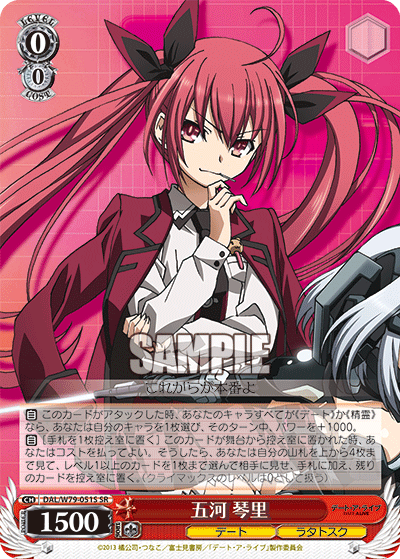

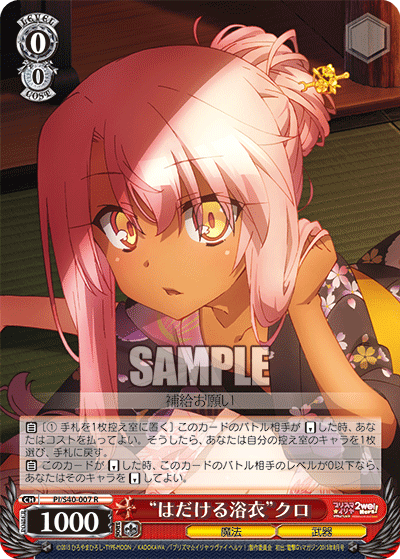
DDM/S88-050R ここから始まる物語 ベル&ヘスティア (center)
PI/S40-007R “はだける浴衣”クロ (right)
Alternatively, cards that generate value upon being reversed or sent to waiting room are great options as well. Since their value is when they are reversed or put into the waiting room, they can act as a source to generate stock on your turn and a body during your opponent’s to block damage. Reversers such as the Chloe on the right pose an exchange with your opponent which they may not wish to take because it will open their lane for you the following turn.
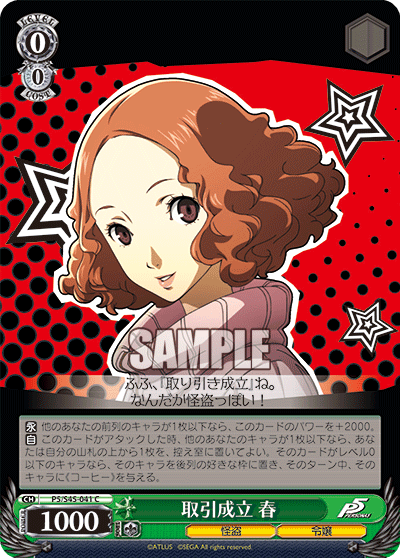
One final mention are cards like Haru who can potentially spawn you another character from their 1 or less others on field effect. Since you can only attack once during the first turn, these cards may be gimmicky, but if they can spawn another level 0 onto the field, another source of free advantage for the following turn.
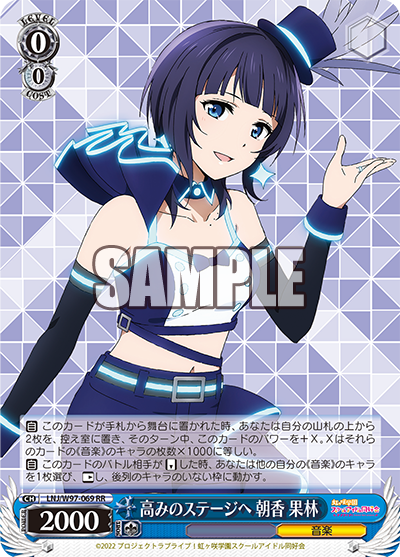
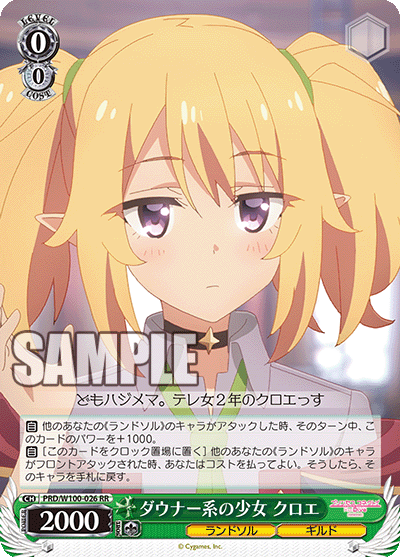

PRD/W100-026RR ダウナー系の少女 クロエ (center)
KGL/S95-017C 本物の愛を語る優 (right)
When it comes to the counteroffensive, that is the second player’s turn, they have quite a number of reactionary tools compared to that of the defensive set-ups for your opponents. Cards that take advantage of reversing or help negate any defensive abilities from your opponent’s cards are great options to use.
Level 0s are where most of the game’s utility pieces lie. The power levels of many level 0 pieces vary widely with large utility pieces possessing 1000 power or lower. Cards like “clean cuts” are great for taking advantage of these presented opportunities in the front row, letting you reverse them to save your own utility pieces or other cards to the back.
Just because turn 2 is reactionary doesn’t mean that you cannot set up a defensive return as well. J.C. is a popular profile that sacrifices itself to save your other cards, often sending them back to hand to reuse their utility profiles.
Lastly, cards such as Yuu to the right with anti-abilities can be great to take out pesky threats. These cards are usually bundled with burst power as well so you can take out hardier cards as well.

One last type of card to mention is this newer profile shown above symbolized by Kurumi. These cards have a single purpose of deleting your opponent’s first turn play. Their powerful effect only activates if your opponent only has one or less cards in the front row. These cards often send the opposing card to the bottom of the deck, helping to get around any annoying waiting room effects.
Overall, level 0 is a pretty diverse environment to play around in . The first two turns are quite interesting and can really determine a player’s lead entering the game. Remember that you can always side your opponents’ cards if you cannot beat them. By doing so, you can still maintain damage without forfeiting your field during your opponent’s turn.